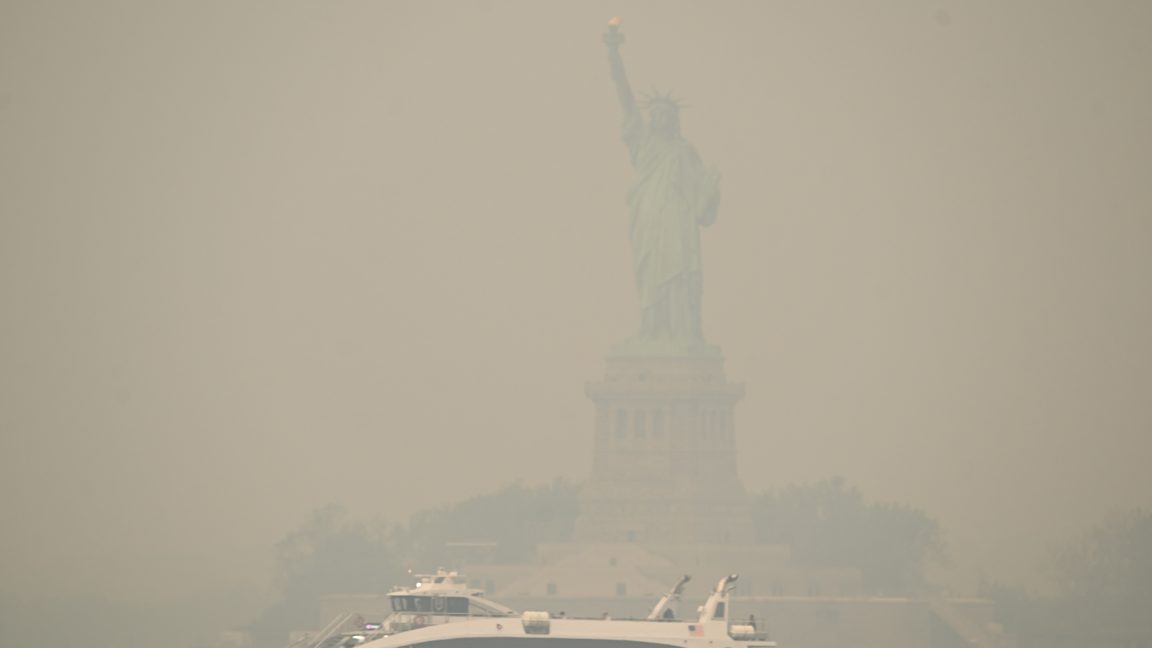
"The increasing frequency and intensity of fires are "erasing the gains that we have obtained through this pollutant control effort," highlighting a significant challenge in air quality monitoring."
"Many of the high-quality monitors used to measure pollution reside near large cities and stationary sources, leading to gaps in coverage known as air quality monitoring deserts."
"The current infrastructure isn't set up to fully account for shifting wildfire smoke behavior, which can travel hundreds of miles to affect air quality in distant communities."
""Fires are really changing the story," indicating how the impact of wildfires complicates the narrative of improving air quality in the U.S."
In recent years, air quality in the US has worsened due to frequent and severe wildfires, negating previous improvements in pollution control. Air quality monitors mostly operate in urban areas, leaving rural regions without adequate monitoring, termed "air quality monitoring deserts." Wildfire smoke poses unique challenges, as it can disperse toxins over long distances, affecting populations far from the source. This evolving landscape complicates the assessment and management of air quality, signaling a need for enhanced monitoring methods to cope with changing environmental conditions.
Read at Ars Technica
Unable to calculate read time
Collection
[
|
...
]